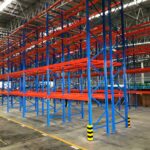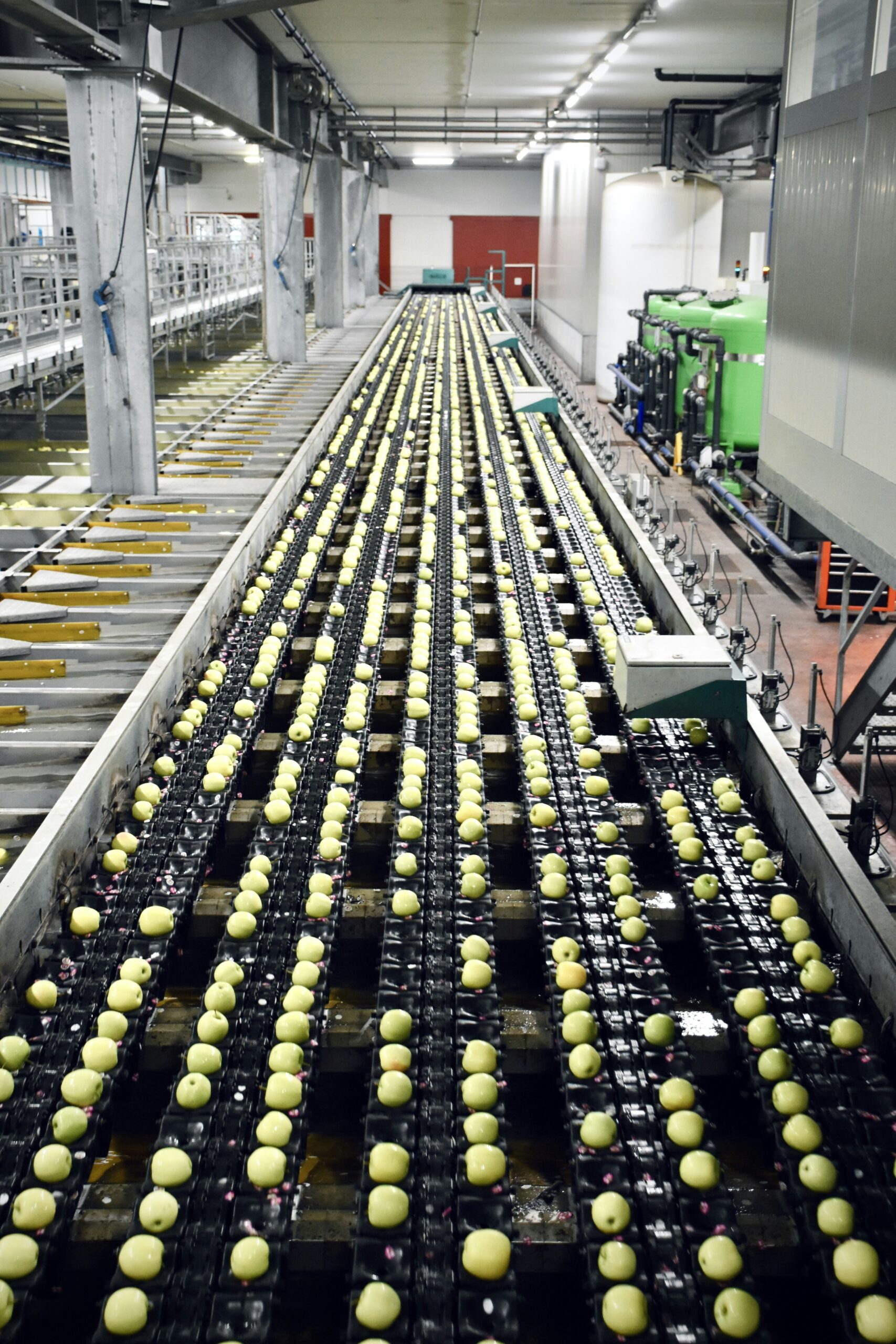
Maintaining strict hygiene standards in food processing facilities is crucial for safeguarding consumer health and product quality. This article explores essential strategies for cleanliness, focusing on equipment maintenance and the use of stainless steel surfaces. By implementing advanced protocols, facilities can ensure safety and efficiency in their operations.
In the intricate world of food processing, maintaining a clean and safe work environment is not just a regulatory requirement but a vital component of operational success. The rigorous adherence to hygiene protocols protects consumers from potential health risks and preserves the integrity of the products. Facilities must adopt comprehensive measures that are both effective and sustainable to meet the stringent standards set by governing bodies. Additionally, the use of Boot washing machines can further enhance hygiene by preventing cross-contamination from footwear.
The role of equipment maintenance and sanitation
Equipment maintenance is a fundamental aspect of hygiene in food processing facilities. Regular cleaning schedules must be meticulously planned to prevent contamination and ensure all machinery functions optimally. This includes thorough inspections of mechanical parts to identify any signs of wear or potential breakdowns that might compromise sanitation. Proper maintenance extends the lifespan of equipment, reduces downtime, and prevents unexpected failures that could disrupt production lines.
Sanitation protocols should be stringent, incorporating both routine cleaning and more intensive decontamination processes when necessary. Facilities often employ specialised cleaning agents designed to break down residue without harming machinery components. This careful balance ensures that while equipment is kept sanitary, it also remains operationally sound. Training staff on these procedures enhances their ability to maintain hygiene standards consistently.
Advanced technologies are increasingly being integrated into maintenance schedules to optimise sanitation efforts. Sensors that monitor cleanliness levels and automated systems for regular cleaning cycles are becoming standard features in modern facilities. These innovations not only enhance hygiene but also contribute to more efficient resource management by minimising water and chemical usage.
Benefits of stainless steel surfaces
Stainless steel surfaces are an optimal choice for environments requiring stringent hygiene standards due to their non-porous nature, which resists bacterial growth. This makes them ideal for food processing applications where cleanliness is paramount. The smooth finish allows for easy cleaning, ensuring that even hard-to-reach areas are kept free from contaminants.
The durability of stainless steel also plays a crucial role in its widespread use within the industry. It withstands harsh cleaning chemicals and high temperatures without corroding or degrading over time. This resilience ensures that surfaces remain hygienic and functional throughout their lifecycle, reducing the need for frequent replacements or repairs.
Additionally, stainless steel’s aesthetic appeal supports its practicality, providing facilities with surfaces that are both functional and visually appealing. Its reflective surface aids in visibility during inspections, allowing staff to easily identify areas requiring attention. This combination of benefits positions stainless steel as a valuable material in maintaining high standards of cleanliness.
Effective implementation of advanced hygiene protocols
The implementation of advanced hygiene protocols requires a coordinated effort across all levels of a food processing facility. Management must prioritise training programs that educate employees on the importance of hygiene and best practices for maintaining it. This ensures a unified approach where every team member understands their role in upholding cleanliness standards.
Monitoring systems provide real-time data on sanitation levels, enabling quick responses to potential issues before they escalate into larger problems. These systems can track key metrics such as microbial counts or residual contaminants, offering insights into areas needing improvement or further attention.
The integration of digital solutions also supports these efforts by streamlining reporting processes and ensuring compliance with industry regulations. Automated alerts notify staff when cleaning cycles are due or when maintenance checks are required, facilitating proactive management rather than reactive responses.










